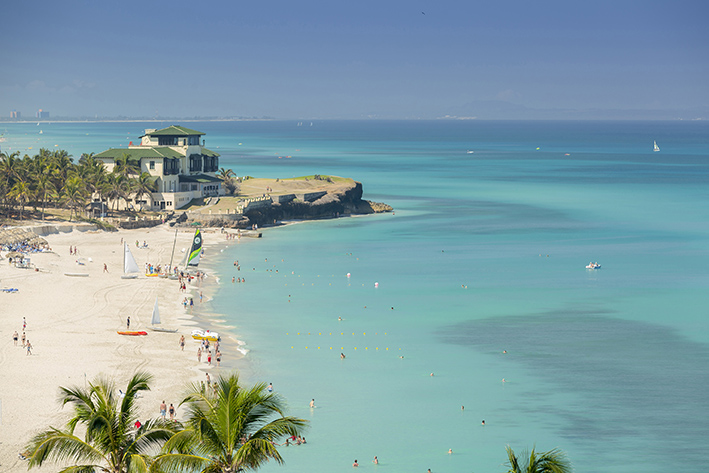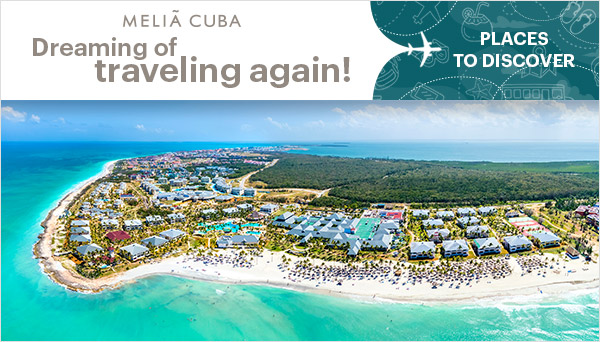Varadero is a magnet for those who love the sea, white sand and all-year-round bright sun. Its 20 kilometers of beaches offer countless nautical activities and opportunities for rest, however, palm and coconut trees aside, the so call “beach city”, boasts of a unique historical past which stands out compared to other coastal destinations in the Caribbean.
Its connection with events such the Cuban independence struggles, the implementation of the Volstead Law in the US or World War I is proven. These are part of the memoirs of this beautiful land that gathers thousands of visitors every year.
Varadero’s history precedes the conquest of America. Aboriginal tribes devoted to fishing, inhabited the peninsula way before Spain expanded its dominions across the island of Cuba. The Caves of San Ambrosio and Los Musulmanes (Muslims) are remaining evidences of the time, with colorful drawings carved in its walls as ancient diaries.
Due to its geographical conditions the region was used as a weapons’ contraband site previous to 1895’s independence war. Between 1884 and 1886, three landings were recorded in the area with the objective of providing ammunitions to the regrouped National Liberation Army (Ejercito Libertador). A year later, around 10 families settled in here, establishing a small fishing village, that remained as a quiet spot until World War I exploted. Then, rich Cubans started to discover Varadero’s natural magnificence as they postponed plans to travel to Europe, which was heavily affected by the armed conflict. This interest translated in a rapid urbanization which started in the 1920s lead by French multimillionaire Irenèe Dupont de Naumors.

“Casa Dupont”, Varadero.
Wooden houses and stone mansions imitating Lousiana’s construction patterns were built progressively as US travelers started to come in groups pursuing alcohol and rest.
The tourist diaspora built Varadero’s reputation for gambling and alcohol consumption during the prohibition, attracting renowned US mafia members and chiefs. Some hotels and houses that exist today were witnesses of meetings and conspiracies. Their walls, halls and rooms keep secrets that will be never told.
“Casa de Al” (Al’s house), a mansion recycled as a restaurant, has outlived as a myth. Thought as a property of Al Capone, the place has survived as a legend, visited by many tourists every year. However, there’s no evidence that the mafia man had actually owned it or ever visited it.
The history of Cuban Tourism has had Varadero as a centerpiece in the aftermath of 1959’s revolution. From the 1990s on, the destination has evolved to become the largest resort undertaking in the island. Commercial centers, night clubs, marinas, dolphin parks and a golf course complement the innovative tourism offer.
Today when it’s safer to stay home, we invite you to close your eyes and imagine of Varadero’s stories and places, very soon, these can be part of your experiences.

